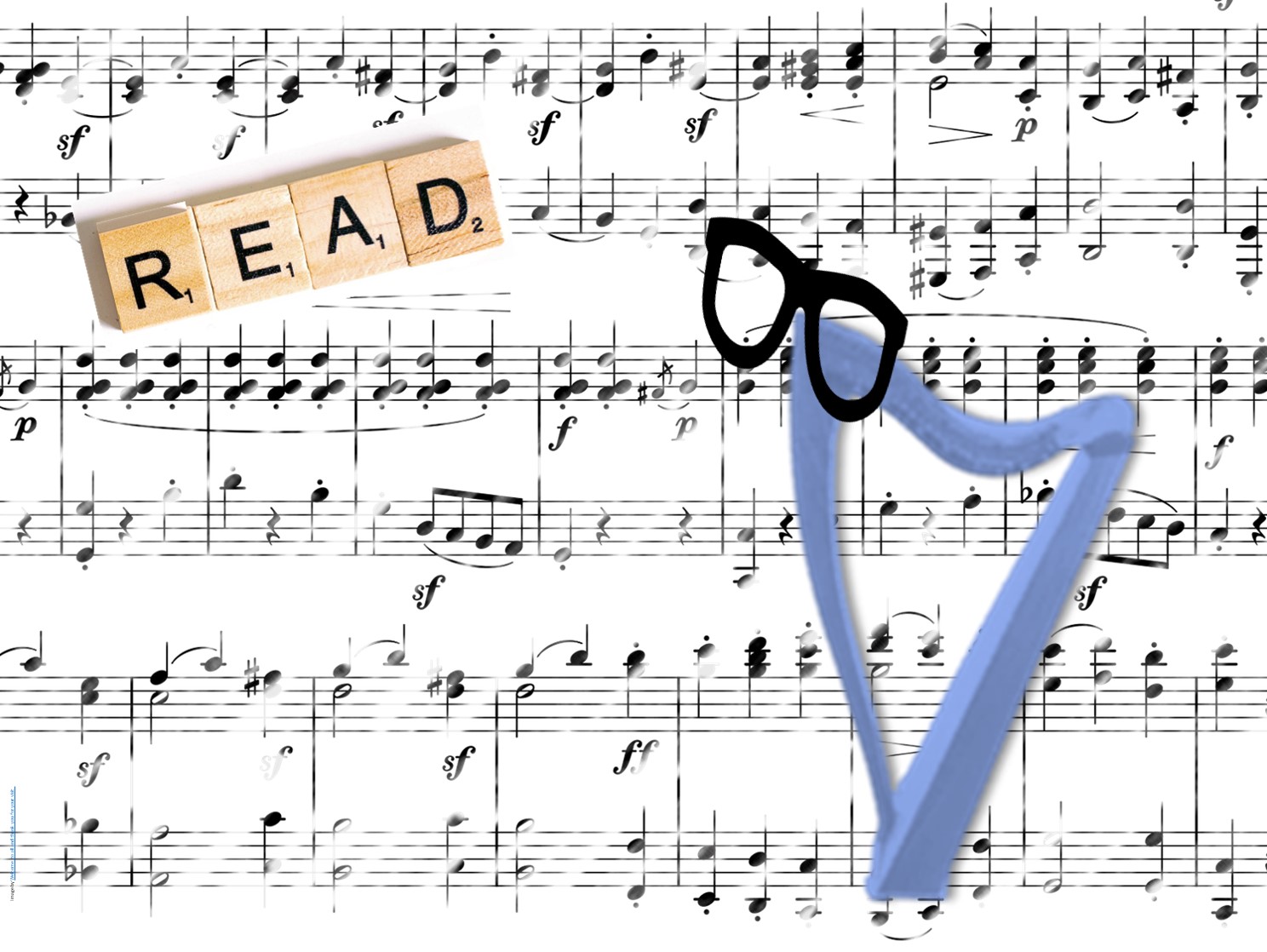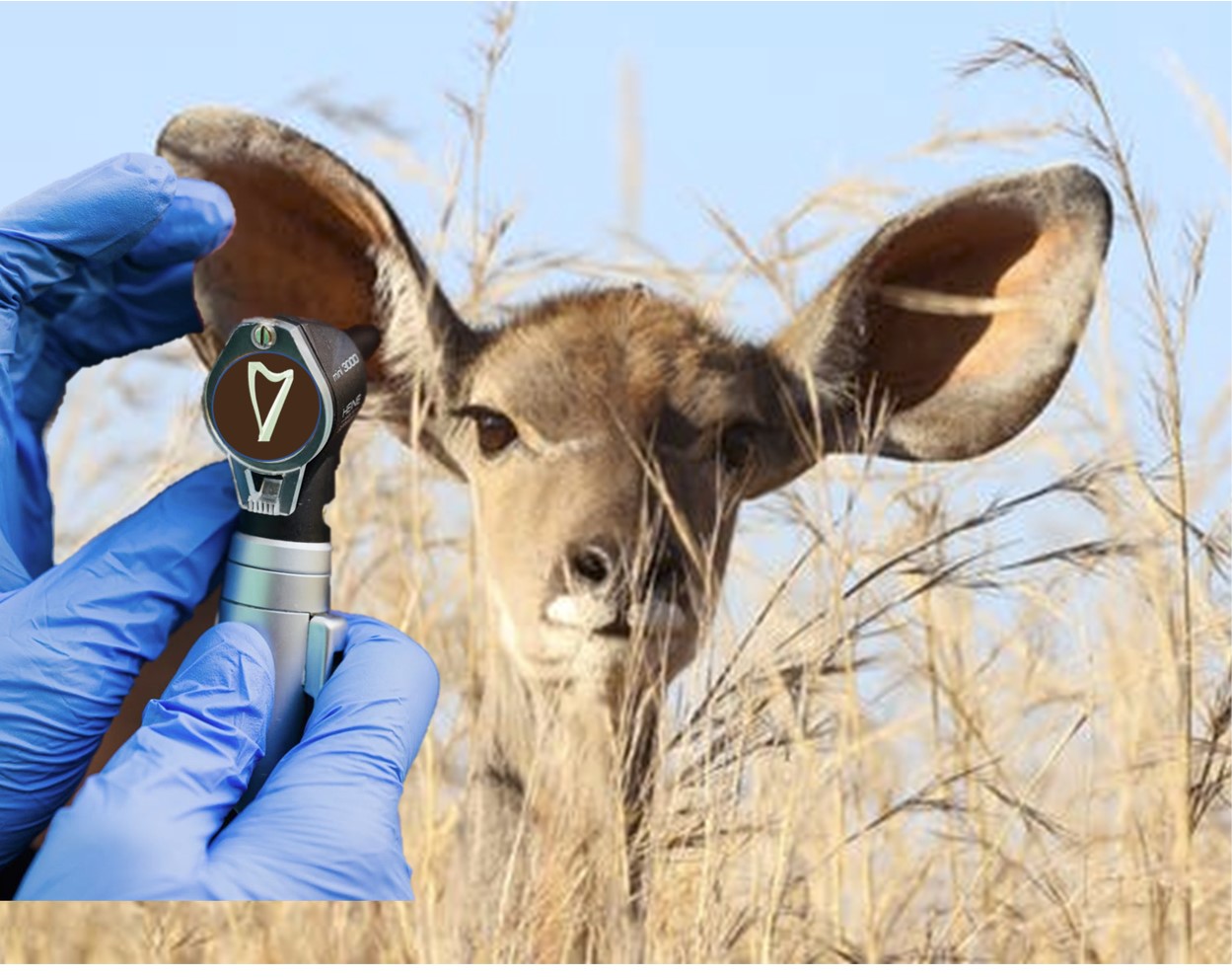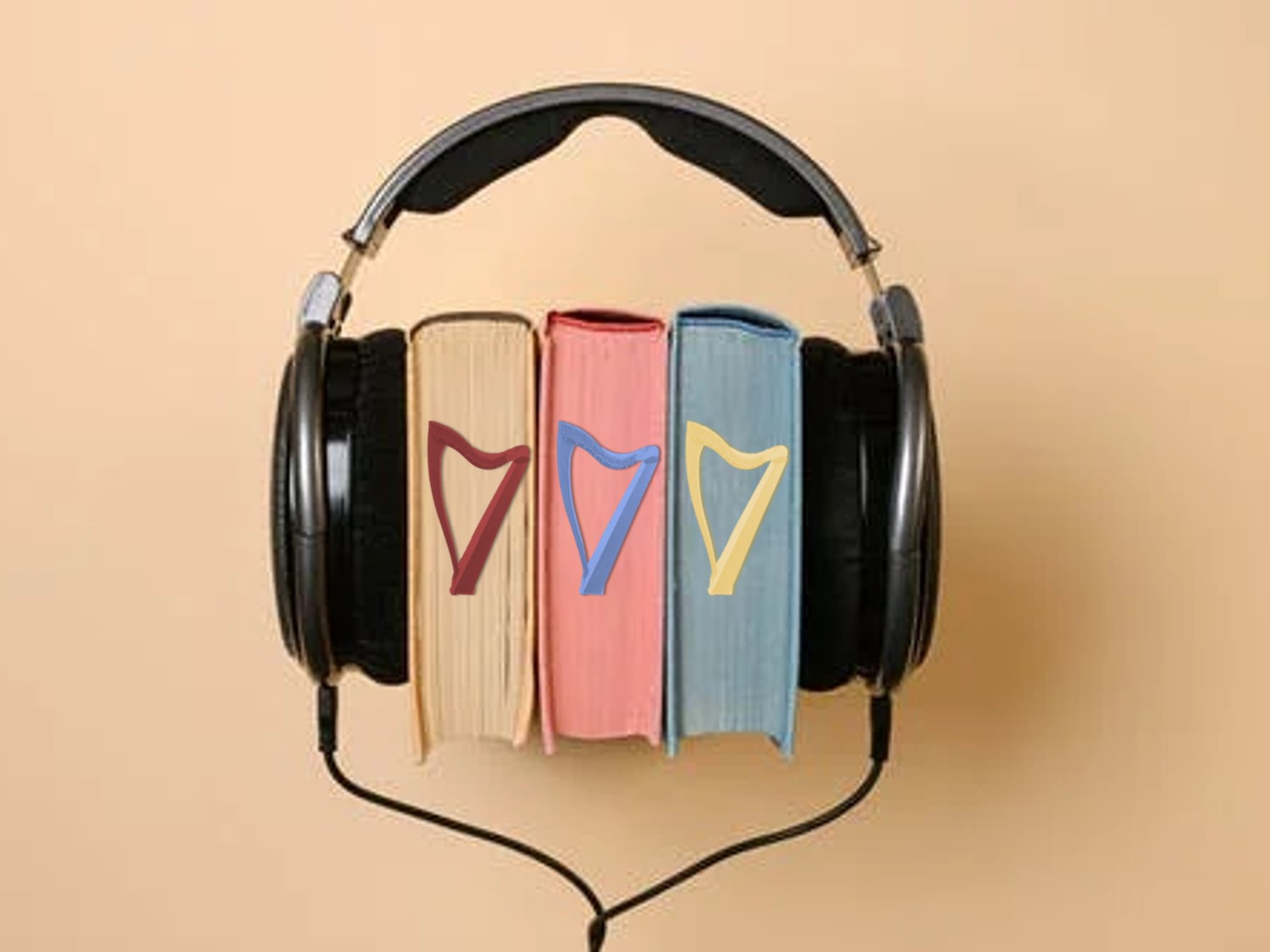Last week we talked about music from paper. But for adults who don’t read yet, this can be intimidating. Reading does take practice. It always has. It’s just been a (long) while since you were at this same stage with letters. But if you think back to when you learned to read words, you will remember the big pictures of the letters over the board that showed you (constantly) what the letters looked like. Over time you learned to associate each shape with “its” sound. Then you learned how the shapes could be joined together and that you could link the sounds for the shapes and soon they were just like the words that came out of your mouth. And you learned the rules (and the exceptions!). You practiced every day. With time you got much better at it!
 Let’s do a little math – if you practiced reading for 20 minutes every day at school when you first started reading, that means that you practiced about 60 hours just in the first-grade! That doesn’t count weekends. Most of us are significantly past first-grade, so if you did about 20 minutes of reading every day (granted, an estimation) you will have practiced reading nearly 500,000 hours by the time you eligible to retire! So, if you’re just learning to read music, you may still be at the stage of identifying shapes and linking them to their associate meaning. And if you get 60 hours of practice reading in the year, you will likely be at that first-grade proficiency. If you get more practice, you will become more proficient.
Let’s do a little math – if you practiced reading for 20 minutes every day at school when you first started reading, that means that you practiced about 60 hours just in the first-grade! That doesn’t count weekends. Most of us are significantly past first-grade, so if you did about 20 minutes of reading every day (granted, an estimation) you will have practiced reading nearly 500,000 hours by the time you eligible to retire! So, if you’re just learning to read music, you may still be at the stage of identifying shapes and linking them to their associate meaning. And if you get 60 hours of practice reading in the year, you will likely be at that first-grade proficiency. If you get more practice, you will become more proficient.
Keep in mind that each musical note has more information than each letter – you get pitch and rhythm and direction, so you might expect it to take more time to get easy with reading. And that’s ok – because it’s something you can add to your practice time!
If you’re struggling with your reading, here’s a suggestion. Find a piece of music (or use a Notespeller). Make a few copies so you can repeat the page – yup, we’re making “workbooks” just like we had in school. Start at the beginning and for each note:
- Point to the note on the paper.
- Say the name of the note out loud.
- Point to the string on the harp – make sure you’re in the right octave!
- Play the note.
- Use all the tools/help you have (e.g., if you know the “tail” of the G-clef wraps around the G line, then start there and use your finger to move up or down the staff until your finger is on the right note. If you know the blue string is the F use your fingers to keep track of the distance to the note you’re pointing to on the paper.
- Double check your work.
- Move on to the next note.
- Lather, rinse, repeat.
Because I’m parsimonious, you can do this “straight” (the way you would normally read the page) and then later, turn the page upside down – and make the staves whichever you like (treble or bass) and go through again (a whole new workbook page!).
One reason to do the same page multiple times is to just get more practice at the same level. You might remember that Dick and Jane ran up and down the street a lot. So, you can point to and play the G above middle C just as many times as Jane said, “Oh, look!” (or more)! And the more you do it, the better you’ll get at it. Another reason to do the same page again and again is to get more confident – the more you do it, the more comfortable you’ll be as you test and then incorporate those linkages.
Don’t be cowed by dense music either – when you’re learning to read, use music made for young readers – the notes are bigger and there are fewer of them so you can practice your reading more easily. Even if you’re a significantly experienced human, you might be very young in harp years and possibly even younger in music reading years! And just like word reading, as you get more practiced and confident you can work your way up to the “chapter book” types of music (densely populated with too many measures on each line and too many lines on a page!).
So, how about you? Do you practice your reading? Do you read as well as you’d like to? If not, what’s holding you back? Let me know!


